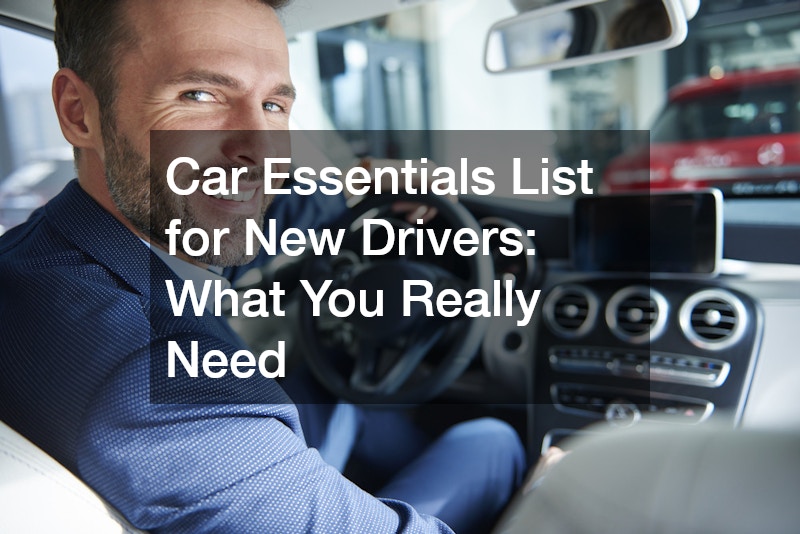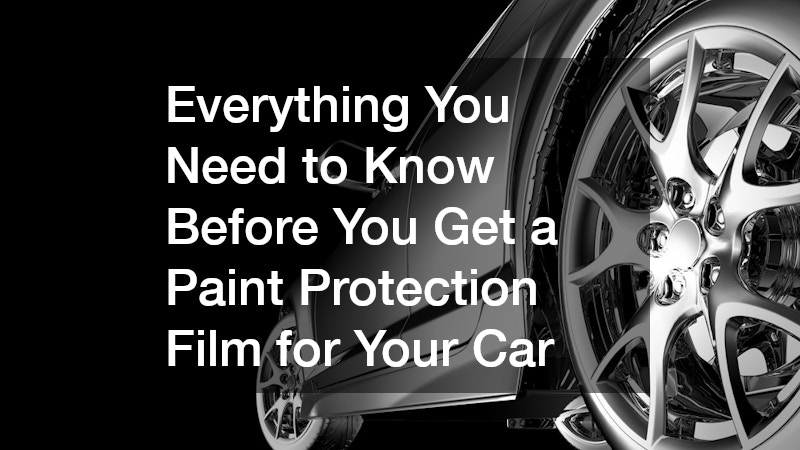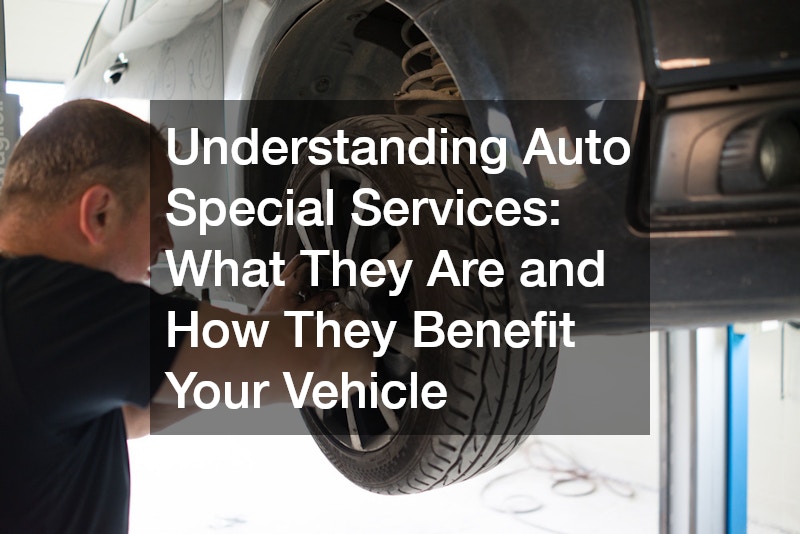Getting your first car is an exciting milestone, but the responsibility that comes with driving requires more than just a valid license and a full gas tank. As a new driver, understanding what to keep in your vehicle can make a significant difference in how well-prepared and safe you are on the road. A carefully thought-out car essentials list helps new drivers feel confident in a variety of situations—whether it’s a roadside emergency, a maintenance issue, or just the need for added comfort during your daily commute.
In this guide, we break down the most important items every new driver should keep in their car. From emergency tools to convenience gadgets, we’ll help you build a well-rounded essentials kit that ensures you’re ready for whatever the road throws your way.
Why Do New Drivers Need a Car Essentials List?
New drivers often focus on learning traffic laws and mastering driving techniques, but many forget to think about what’s actually in their vehicle. A car essentials list ensures that you’re ready for both everyday driving needs and unexpected incidents. As a beginner, you’re more likely to feel overwhelmed by unfamiliar situations—flat tires, dead batteries, or even something as simple as needing directions when your phone dies.
Here’s why having an essentials list matters:
- Safety and preparedness: Emergencies can happen anywhere, anytime.
- Peace of mind: Knowing you’re equipped reduces stress and boosts confidence.
- Cost savings: Avoiding towing or service fees for minor issues can save money.
- Legal compliance: Some items, like license and registration documents, are required by law.
Having the right gear can help you handle challenges more effectively and develop smart driving habits early on.
Essential Documents You Must Always Carry
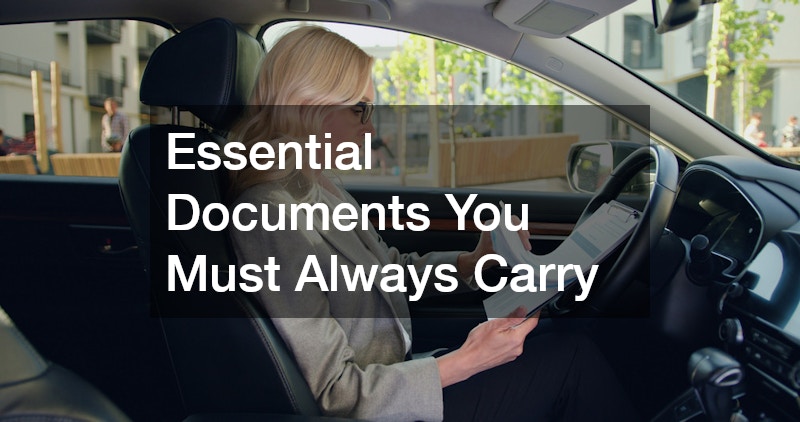
Every driver—especially new ones—must have certain documents in their car at all times. Keeping them well-organized and accessible is key to avoiding legal trouble and confusion during emergencies.
What to Keep in Your Glove Compartment:
- Driver’s license – Always carry your valid license when operating a vehicle.
- Vehicle registration – Proof that your vehicle is legally registered.
- Proof of insurance – Required during traffic stops and in the event of an accident.
- Owner’s manual – Useful for understanding warning lights and troubleshooting minor issues.
- Roadside assistance info – If you have coverage, keep the contact number and membership ID handy.
- Emergency contact card – Includes medical conditions, allergies, and contacts in case you can’t speak.
Tip: Use a document wallet or organizer to keep papers neat and protected from damage.
Safety First: Emergency Items Every Car Should Have
Emergencies can happen even on a five-minute drive. Equipping your car with basic emergency items ensures you’re not caught off guard in a breakdown, accident, or weather-related event.
Your New Driver Emergency Kit Should Include:
- Jumper cables or a jump starter – Dead batteries are one of the most common roadside problems.
- Tire repair kit or spare tire with jack and lug wrench – Flat tires happen more than you think.
- First-aid kit – Include bandages, antiseptic, gloves, and pain relievers.
- Flashlight with extra batteries – Essential for nighttime or low-visibility situations.
- Reflective warning triangles or flares – Keeps you visible to other drivers if you’re pulled over.
- Multi-tool or Swiss army knife – Great for quick fixes or emergency repairs.
- Tow strap – Can be a lifesaver in off-road or snowy conditions.
Many pre-assembled emergency kits are available, but you can also build your own for better customization.
What Should Be on a Car Essentials List for New Drivers?
This section focuses on “car essentials list for new drivers” and gives a complete, categorized breakdown of what items to include for both emergencies and everyday convenience.
1. Basic Maintenance Tools
Even if you’re not a mechanic, having a few maintenance tools can make small issues manageable.
- Tire pressure gauge
- Duct tape (for temporary fixes)
- WD-40 or lubricant spray
- Portable air compressor
- Work gloves
- Funnel for fluids
2. Fluids and Car Care Items
Fluids keep your car running smoothly, especially during weather changes or long drives.
- Windshield washer fluid
- Engine oil (in case levels drop)
- Coolant/antifreeze
- Paper towels or shop rags
- Windshield scraper (for colder climates)
3. Comfort and Convenience Items
These items make the driving experience more enjoyable, especially for beginners who might still be adjusting.
- Phone charger or power bank
- Water bottle and non-perishable snacks
- Sunglasses
- Pen and notepad
- Umbrella or raincoat
- Blanket or small towel
4. Tech Add-Ons for Navigation and Safety
Digital tools can boost both safety and convenience—just make sure you’re not distracted while driving.
- Phone mount (for GPS use)
- Dash cam (for accident protection)
- Bluetooth adapter or AUX cable
- GPS unit (if you don’t use your phone)
Having these items can greatly enhance your driving experience and reduce dependence on external help for basic needs.
Seasonal Must-Haves for Your Car
Different weather conditions call for different essentials. As a new driver, you should adjust your kit depending on the season.
Winter Driving Essentials
- Ice scraper and snow brush
- Thermal blanket
- Extra gloves and a hat
- Shovel (compact and foldable)
- Sand or cat litter (for tire traction)
Summer Driving Essentials
- Sunscreen
- Extra bottled water
- Windshield sunshade
- Bug spray
- Cooling towel
Tip: Keep a checklist for switching out your gear with the changing seasons.
How to Organize Your Car Essentials Without Clutter
A cluttered car can be distracting and stressful, especially when you’re still getting used to driving. Here’s how to keep everything in order:
- Trunk organizer: Keeps emergency and maintenance gear contained.
- Backseat pockets: Store maps, tissues, or umbrellas.
- Under-seat storage: Ideal for items you use less frequently.
- Glove box: Best for documents and small, high-use items.
- Center console: Store phone chargers, sunglasses, or pens.
Remember: Only keep what’s necessary and routinely clean out unused items.
What Not to Keep in Your Car (Especially as a New Driver)
While it’s important to be prepared, there’s such a thing as too much. Some items can create hazards or legal issues.
- Valuables – Keep laptops, expensive gear, and cash out of sight.
- Loose tools or heavy objects – These can become projectiles during sudden stops.
- Flammable items – Don’t store gasoline cans or lighters in hot weather.
- Expired medications – Avoid keeping medications in fluctuating temperatures.
- Unsecured pet items – Keep pet carriers secure to prevent distractions.
Keep your car safe, lean, and functional for the best driving experience.
Tips for New Drivers to Stay Safe and Prepared
The best car essentials list is only helpful if paired with good driving habits. As a beginner, it’s important to stay proactive and vigilant.
Key Safety Tips:
- Check your kit monthly – Ensure items aren’t expired or missing.
- Learn basic car care – Know how to check tire pressure and oil levels.
- Don’t rely only on your phone – Keep a paper map or printed directions as backup.
- Know your roadside assistance coverage – Understand what it includes before you need it.
- Practice emergency scenarios – Try changing a tire or jump-starting your battery in a safe space.
These habits build long-term confidence and prepare you for the unexpected.
How to Build Your Car Essentials Kit on a Budget
As a new driver, you might be working with a limited budget, but that doesn’t mean you should skip essentials. Here’s how to save:
- Buy in bundles – Emergency car kits or toolsets are often cheaper when purchased together.
- Shop off-season – Get winter gear in spring and summer items in fall.
- Look for used items – Some tools and organizers can be bought second-hand in great condition.
- Ask for essentials as gifts – Car gear makes great presents for birthdays or holidays.
A complete kit doesn’t have to cost a fortune if you plan wisely.
How to Customize Your Car Essentials Based on Your Lifestyle
While there are universal items every driver should keep in their car, your personal lifestyle, driving habits, and region can influence what else you may need. Customizing your car essentials list ensures you’re not only prepared for emergencies but also more comfortable on a daily basis.
Consider these lifestyle-based additions:
- Students: Extra chargers, notebooks, spare ID cards, campus parking passes.
- Commuters: Travel mug, audiobooks, seat cushions, hand sanitizer.
- Parents: Baby wipes, toys, extra diapers, and sunshades for rear seats.
- Outdoor enthusiasts: Bug spray, headlamp, hiking boots, collapsible water bottle.
- Urban drivers: Parking app information, extra change for meters, and bike rack lock.
Tailoring your kit makes it more useful and prevents you from carrying unnecessary items that take up space.
What to Check Before a Long Drive or Road Trip
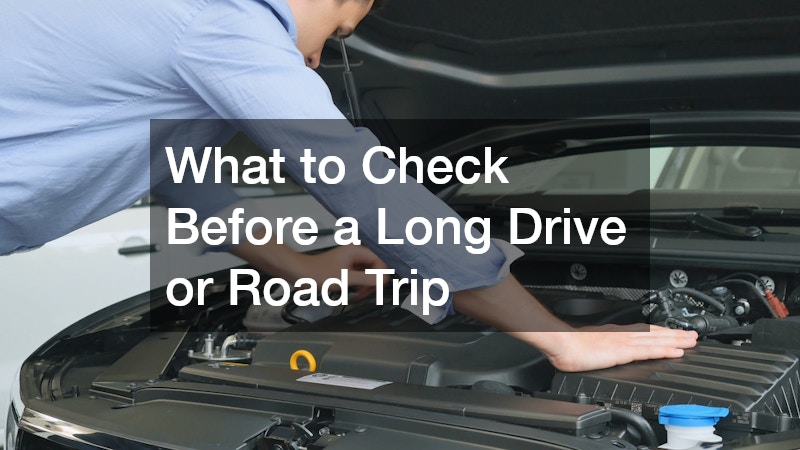
If you’re planning a road trip or a long drive, especially as a new driver, it’s essential to inspect your vehicle and update your car essentials list before hitting the road. A simple checklist can prevent major issues along the way and ensure a smoother journey.
Before you go, inspect and pack:
- Tire pressure and tread depth
- Oil and fluid levels (brake, coolant, transmission)
- Spare tire and tools
- Updated maps or a GPS device
- Charged power bank and phone charger
- Snacks, water, and extra cash
- Playlist or podcasts downloaded for offline use
- Trash bags or reusable containers for waste
Being proactive with pre-trip preparation helps reduce anxiety and increases your confidence on unfamiliar roads.
Final Thoughts: Be Ready, Not Reactive
Driving is about more than just steering a vehicle—it’s about being aware, responsible, and ready for whatever the road may bring. For new drivers, having a reliable car essentials list is the first step in developing those skills. By stocking your car with the right items, organizing them effectively, and staying informed, you’re not just preparing for the unexpected—you’re shaping yourself into a capable and confident motorist.
Take the time today to gather what you need, check what you already have, and keep this guide handy. Because when you’re prepared, every drive—whether across town or across the country—becomes a little bit safer.
